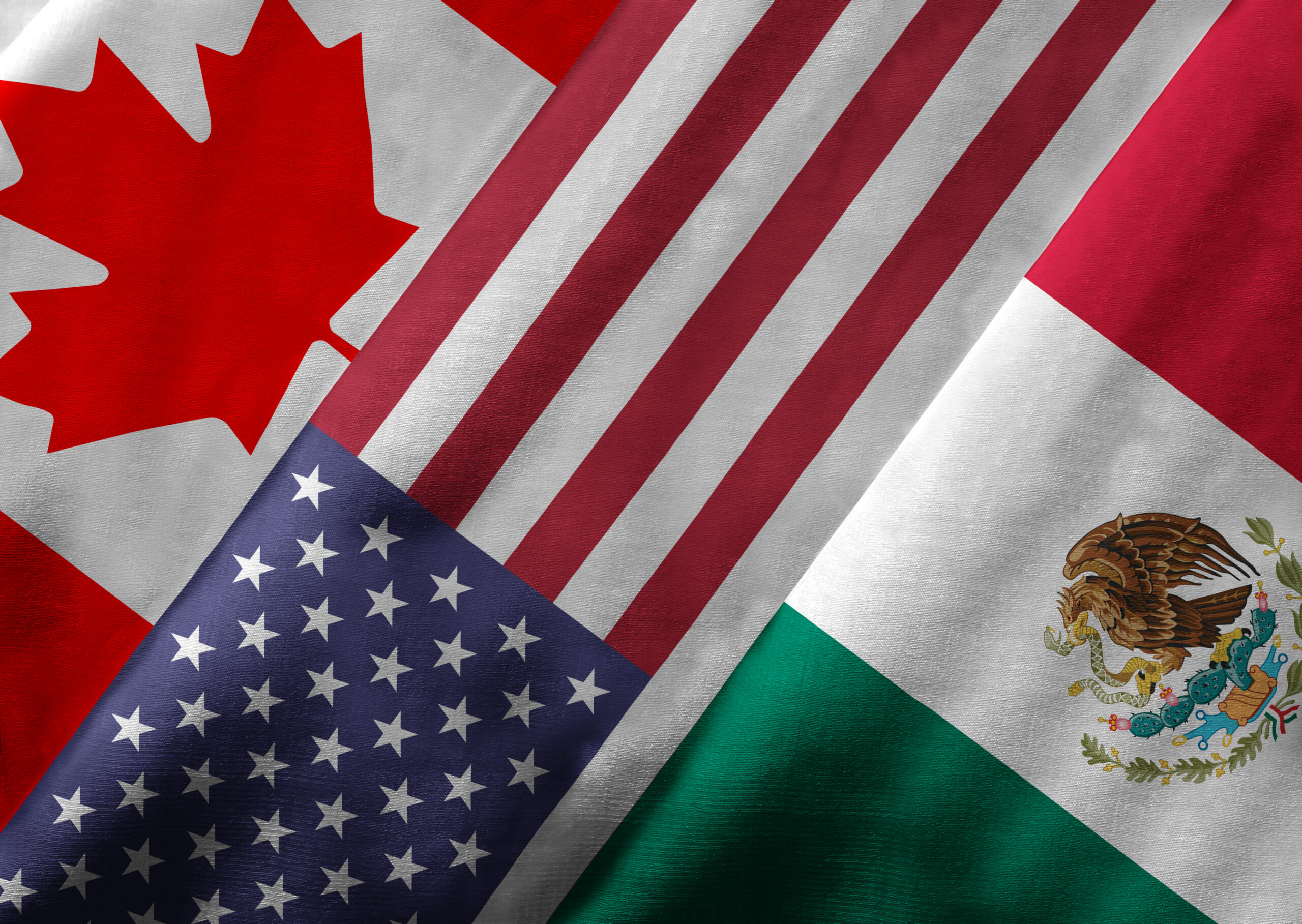The road to Canada increasingly begins in Mexico. That’s because a growing number of U.S. and Canadian businesses have shifted manufacturing away from China and closer to home, often to Mexico.
Mexico has emerged as a “nearshoring winner,” with businesses able to take advantage of low-cost manufacturing opportunities while dramatically improving logistics efficiency. Shipments no longer need to cross the globe, and instead can travel via truck, with end deliveries made within days, rather than weeks.
Shipments do though, need a strategy for moving across North America. Our new infographic highlights several fundamental “things to know” about building a Mexico-based logistics strategy.

Want More Information?
Here are a few more details, that expand on the topics covered in the infographic:
-
Crossing the Mexican border – extra steps required
-
- The U.S. and Mexico have been engaged in a decades-long dispute concerning the ability of Mexican trucks to operate on U.S. highways.
-
-
- In 1982, the U.S. Congress restricted Mexican trucks to a “commercial zone” that generally spans a 25-mile radius of the border.
-
-
-
- That moratorium was reversed by NAFTA, which took effect in 1994. However, the NAFTA provisions were never implemented.
-
-
-
- The USMCA, which replaced NAFTA in 2020, also includes language authorizing Mexican carrier access, but allows the U.S. to cap the number of trucks.
-
-
-
- Currently, a small number of Mexican trucks are allowed to travel into the U.S., but only after complying with strict U.S. requirements.
-
-
- As a result, shipments originating in Mexico generally have two options:
-
-
- Transloading, in which freight is transported from a Mexican trailer to an American trailer. This involves physically moving shipments to a different trailer.
-
-
-
- Through-trailer, which allows shipments to remain on the same truck, but with a U.S. driver. Through-trailer services are generally used for heavy, irregularly sized, or highly fragile shipments that would be difficult to transfer to a second trailer. Capacity is also a factor, since not all carriers offer through-travel services.
-
-
Lots of Logistics Providers – but few with Canadian Expertise
-
- Most Mexican-based shipments cross the border in Texas, with about 60% using the World Trade Bridge, located in Laredo. Hundreds of customs brokers and logistics providers operate in Laredo, but most focus on the intricacies of moving goods out of Mexico.
-
- This is a red flag for Canadian shippers! Be sure to enlist a logistics partner that can manage Mexico-based shipments all the way through to end delivery in Canada.
-
Avoid Paying U.S. Duties
-
- Canada-bound shipments must cross both the U.S./Mexico and U.S./Canada borders. Unless certain steps are taken, shipments may require two border clearance procedures and double duty payments.
-
- This can be avoided by having shipments pass through the United States with “in-bond” status. In-bond shipments do not undergo a formal customs review, and are not required to pay import duties. But strict conditions apply, and only certain logistics providers offer in-bond services.
-
USMCA Benefits aren’t Automatic
-
- The USMCA provides duty-free status to qualified goods, as well as intellectual property and digital trade protections, simplified customs processing, and industry-specific benefits.
-
- But benefits must be requested during the customs filing process – they are not applied automatically!
-
- Businesses that fail to request benefits miss out on savings to which they are legally entitled!
Our White Paper will Make You an Expert! Mexican Manufacturing Opportunities and Logistics Efficiency for Canada-Bound Shipments The whitepaper delves into each of these topics and others in greater detail.

